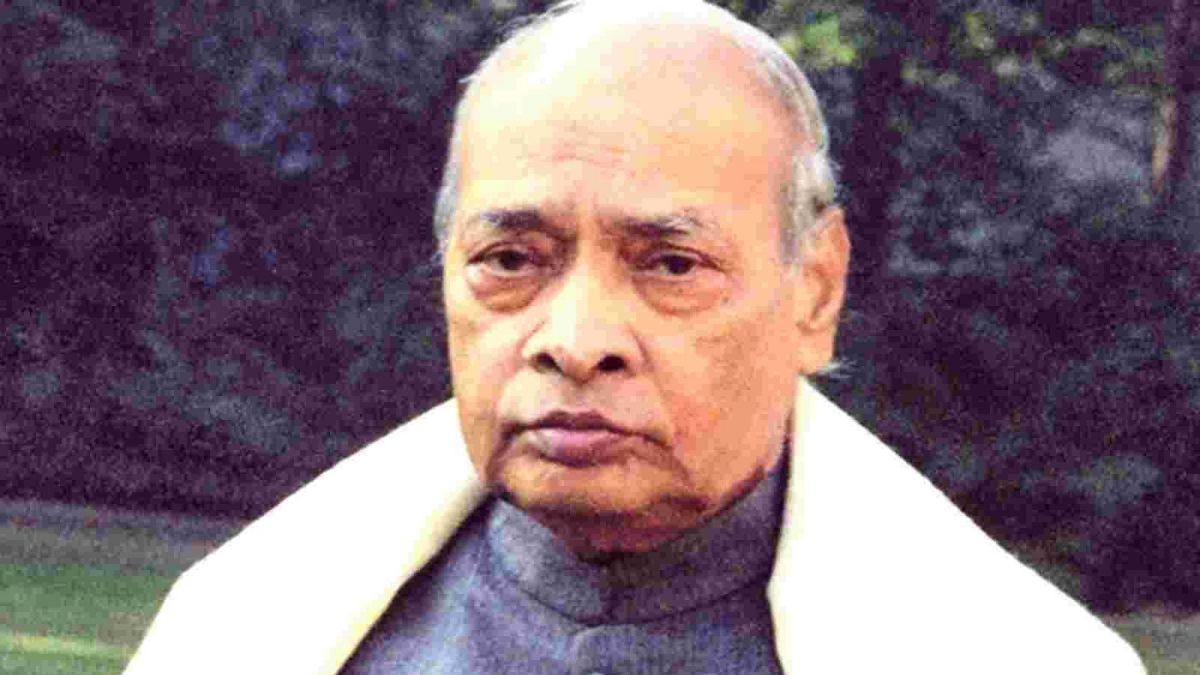
On a random, rainy July 1991 night in South Bombay, a massive van left for the international airport. On the way, the van’s tyre burst. The heart-stopping level of security that surrounded the vehicle right then, alerted bystanders on the road to wonder: What the hell could be inside it?
A photographer followed the van. The next morning the government secret got revealed as national news—that India had shipped/pledged tonnes of pure gold the night before, to secure dollar loans; because its foreign exchange had altogether dried up!
Former RBI governor YV Reddy reveals this in Sravani & Srikar’s spot-on documentary series, Continuity with Change (available on YouTube, with 400-odd views; deserves a better platform). How did India get to this? Multiple reasons of course—useless governance; collapse of (ally) Soviet Union; Gulf War, and oil prices shooting up, etc. Mortgaging gold is an emotional thing for Indian families. A country is no different.
PV Narasimha Rao had been newly sworn in as India’s Prime Minister. Even before he picked technocrat Manmohan Singh as his unusual choice for finance minister, there were papers laid before him for “big bang reforms” to mitigate disaster/bankruptcy, which India stared at. The IMF had its own terms for a bailout.
According to journalist Sanjaya Baru, Rao told the IMF boss, he was willing to do whatever it takes—so long as no Indian lost job. None did. Budget for rural development quadrupled under his term. Within about 25 days as PM, Rao steered India into an economic direction politically unimaginable at the time.
Making him a miracle man of sorts for Indian politics, when you consider he pulled this off, without numbers in parliament—neither the unanimous support of his own party, nor the wind blowing in his direction from states. And he did this through building consensus—sometimes by hook, often by crook—not through dictatorship, but through proper legislation.
The July 24, 1991 budget is considered historic. But as Vinay Sitapati points out in his Rao biography, Half Lion—it is what was casually slipped in alongside that budget day, the new industrial policy, which profoundly dismantled India’s rusty, decades-old, sarkari license-permit-quota raj. Leading industrial India toward liberalisation, globalisation and privatisation instead.
Before tabling this industrial policy in parliament, Rao had it read before his cabinet from the Congress Party. Which rejected it right away. Because it didn’t follow the socialist ideals set forth by Nehru and Indira. Rao had been a lifelong socialist. He heard them intently. Said he’ll return with changes. And did. Merely inserting Nehru, Indira and Rajiv into the preamble of the same document, to have it approved entirely!
He also added the line, ‘Continuity with change’, P Chidambaram (his commerce minister) recalls, in Rao’s centenary memorial doc series, of the same name! Detractors could also title his biopic, The Artful Dodger.
That the phenomenally multi-lingual Rao (he knew 10 languages) could switch between pure/chaste Urdu, Hindi, Telugu, Marathi and English in particular, without an overlap in words, would’ve perhaps made him a master communicator behind closed doors anyway. A quiet scholar-politician, shorn of pinching rhetoric, he was an autodidact, mastering piano before he died.
As India’s youngest PM in mid ’80s, Rajiv Gandhi was once telling people at work about his keenness to bring about a computer revolution in India. Except that he was surrounded by oldies in government, who wouldn’t get it. Defense minister Rao overheard this. He ordered in a personal computer—learnt a few more languages (BASIC and COBOL). He could write code in the mainframe OS, UNIX.
Would any PM taking over, under circumstances that Rao did, have initiated economic reforms anyway? Possible. But they may have stopped at diffusing the balance of payments’ crisis. YV Reddy argues that Rao’s talent rested on being an enabling leader, who didn’t tell subordinates to do as he says. He’d spot/recognise talent, and allow them the freedom to flourish, while he battled the politics.
Sad that for all the art/cunning he employed to give the Congress (and its ministers) a full term (1991-96), despite a minority government, the party itself, after loss in subsequent elections, dumped him—holding him solely/securely responsible for illegal demolition of Babri Masjid in 1992; no doubt a blot on his legacy.
Veteran journalist Kuldeep Nayar wrote in his book that Rao was praying to gods, and opened his eyes only when the mosque was felled. This became the truth. Sitapati researched later to reveal that there was no evidence to this story. Indeed, a rattled Rao was on the phone with his top bureaucrats, after watching the demolition news on TV at home, with others in attendance.
Here’s the other thing, though. In May, 1991, before Rajiv Gandhi’s assassination, Rao had actually quit politics. He wasn’t offered a ticket for the forthcoming elections, although he had fought every election (state/general) since independence. He was old, diabetic, with a major heart condition.
He was packing off to Hyderabad from Delhi. Over the year that he became the Prime Minister, his health condition turned normal—returning him to his fittest possible self. Sitapati, in Half Lion, asks Rao’s doctor, Srinath Reddy, to medically explain this; what could’ve changed? “Vitamin P (Power),” says the good doctor!
